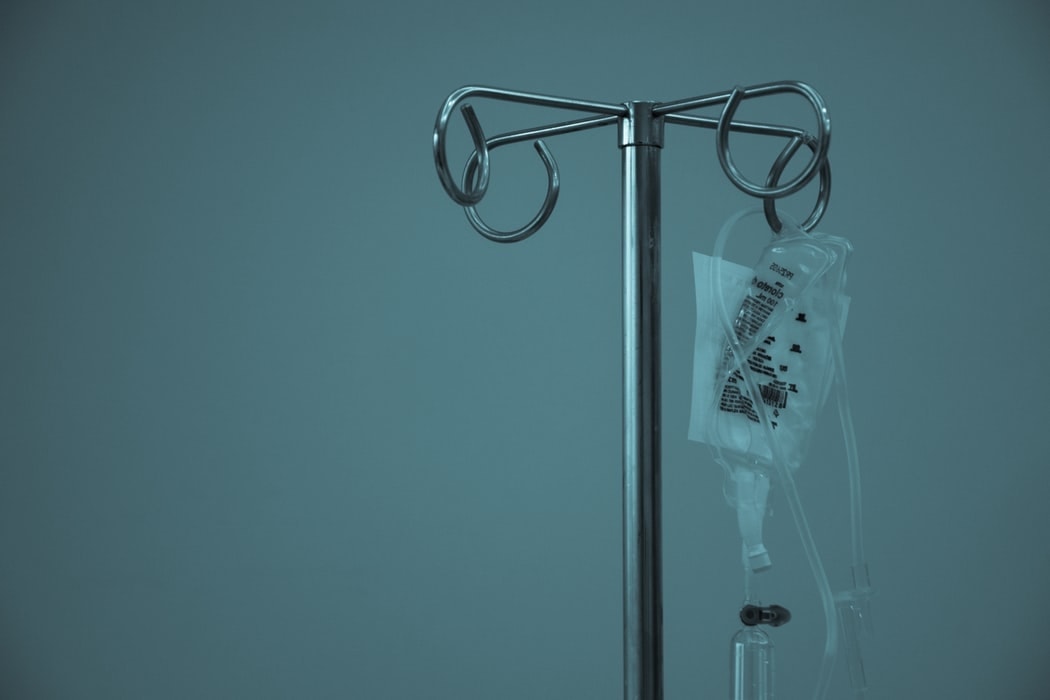Legionnaires Disease Prevention – What Can You Do?
Legionnaires Disease is a very severe disease (a form of pneumonia) and is one of several that make up a collective group of diseases caused by the Legionella infection bacteria and are called Legionellosis. Therefore a Legionella Prevention Plan is needed in order to control this deadly disease. You also need to be familiar with legionnaires symptoms some of this will be discussed in this article. This article also discusses how to prevent legionnaires disease in the home.
Pneumonia is a lung inflammation which occurs as a result of an infection. Legionnaires disease can result in serious life-affecting illnesses. There are several cases of legionnaires disease that has lead to death, therefore a legionnaires disease prevention plan must be put in place, and is a requirement of the Health and Safety at Work Act (1974).
You cannot get Legionnaires Disease by drinking contaminated water, you can only be infected by the legionella bacteria by inhaling it directly from the source of contamination.
People that are at particularly high risk of contracting legionnaires disease are:
- People aged 50 and above
- Those who smoke
- Sufferers of chronic lung infection disease
- Diabetics
- The chronically ill
- Those who are in some way immune-surpressed
How Does Legionnaires Disease spread, And What Places Are Classified As High Risk?
Legionnaires disease can only be contracted by inhaling microscopic water droplets that contain Legionella bacteria. For example, this could be via shower droplets, or water that is expelled through ventilation systems to cool a building. You can also catch legionnaires disease from indoor and outdoor water fountains.
The below are just a few more places that are classed as higher risk for coming into contact with larger volumes of legionella bacteria, and contracting Legionnaires diseases:
- Water spraying in supermarkets or grocers using mist machines to keep produce fresh
- Water spray in hotels via showers (e.g. undisinfected shower heads) and hot-tubs (particularly abroad)
- Water spray in hospitals, care homes, and nursing homes via showers and hot-tubs
- Spas, swimming pools and hot tubs
- Outside or indoor fountains
- Cooling towers
- Air conditioning systems
Legionnaires Symptoms
Just as mentioned earlier, you are at a higher risk of contracting Legionnaires disease if your immune system is weak. The disease does not react immediately in your body, but rather the legionella bacteria multiplies rapidly until their is sufficient volume to begin to cause symptoms. This typically takes up to two weeks.
Some of Legionnaires disease symptoms including the following:
- Shortness of breath
- Chest pain
- High fever
- Muscle pain
- Headache
- Pain when coughing
- Diarrhoea and vomiting
As you can see, legionnaires symptoms very closely resemble other less serious illnesses of the lung such as a simple chest infection or pneumonia. A chest x ray or blood test may be needed to diagnose these completely.
That is why it is critically important that if you feel you may have been exposed to any of the high-risk areas mentioned above, you should advise your doctor immediately as a precaution so that they might conduct the appropriate tests for legionella legionnaires disease and Pontiac Fever, which are different than those if pneumonia is suspected, for example.
A Legionella Prevention Plan
The risk of a legionella outbreak can absolutely be prevented – legionella bacteria can only grow and proliferate and grow under certain conditions.
In order to reduce the risk of legionnaires disease, business and public organisations are required by the Health and Safety at Work Act (1974) put a plan in place i.e. a legionella prevention plan which will guide you in the monitoring of your plumbing systems such as taps, showers, hot tubs, pools, cooling towers, and in the cleaning and disinfection of them as required.
It is the responsibility of the Duty Holder i.e. whoever is in charge of the property to make sure that a Legionnaires disease control and prevention plan is put in place. This should start in the form of a Legionella Risk Assessment which will help the duty holder to assess the risk of legionella bacteria in a property or building, and then put all the necessary monitoring and controls in place.
Some other legionella prevention techniques for duty holders will be to:
- Have good knowledge of Legionella bacteria and how to minimise the risks
- For this Legionella Training is required
- Understand the conditions by which legionella bacteria can survive or conditions that support legionella growth and how to mitigate it. For example:
- The water temperature must not be between 20 degrees Celsius and 45 degrees Celsius
- Avoid any stagnant water that can lead to the growth of biofilm
- Make sure you have a clean water supply system
- Avoid, monitor, or control any potential for water spray
- Avoid any materials that might support the growth of legionella bacteria
How to prevent Legionnaires Disease in the Home
Legionella risk in small domestic properties can easily be controlled by using a simple Legionella Risk Assessment Template.
Please note, this cannot be used for big industrial buildings or properties that have complex water systems such as cooling towers, or industrial hot and cold-water systems and properties. Such buildings or industrial properties need a professional water treatment company.
Summary
Legionnaires disease can be prevented by having a firm legionnaires disease prevention plan in place, and by having the necessary monitoring, cleaning, and disinfection procedures in place for your water systems.
individuals can protect themselves and reduce their risk of contracting Legionnaires disease by live a healthy life, and avoiding smoking as that alone dramatically increases the chance of contracting Legionnaires disease if exposed to legionella bacteria. You can also read more about legionella risk assessment responsibilities.
In terms of the disease within the international spectrum, American legionella prevention is surveyed by Centers for disease control and prevention.



